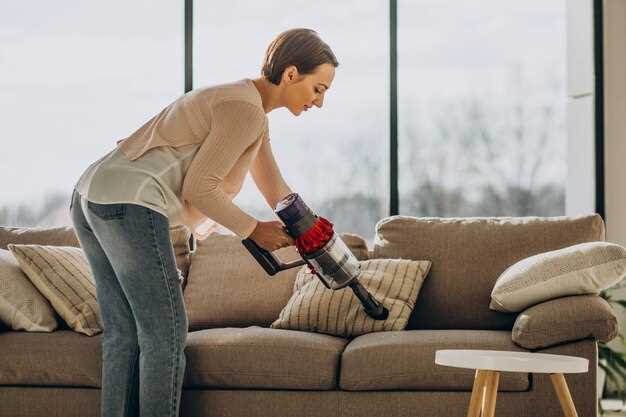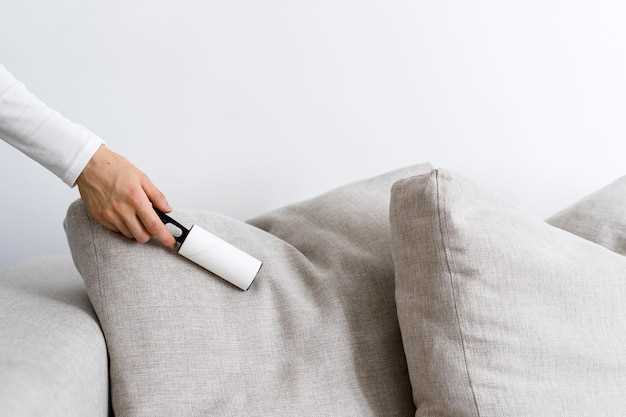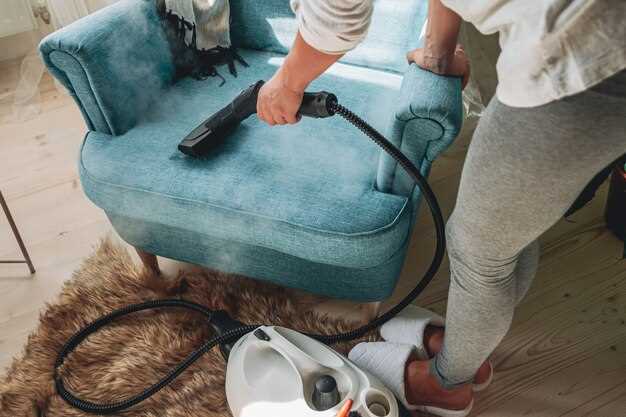
Maintaining the quality of your car’s upholstery is essential not only for aesthetics but also for long-term durability. Regular vacuuming plays a pivotal role in extending the lifespan of your seats, ensuring that they remain in optimal condition for years to come. Dust, dirt, and debris accumulate over time, causing wear and tear that can lead to permanent damage if not addressed promptly.
By implementing a consistent vacuuming routine, you not only enhance the appearance of your car but also demonstrate a level of care that reflects pride in ownership. Regularly removing particles that settle into the fabric of your seats can significantly reduce the risk of stains and discoloration, preserving the original look and feel of your upholstery.
Taking the time to vacuum your car’s interior is a simple yet effective step in upholstery maintenance. With a few minutes dedicated to this task, you can effectively minimize the adverse effects of everyday use, all while ensuring that your investment in your vehicle remains protected and valued.
Best Vacuum Techniques for Upholstered Furniture Maintenance

When it comes to maintaining upholstered furniture, proper vacuuming techniques play a crucial role. Regular vacuuming not only helps keep your seats clean but also extends their lifespan significantly. Here are some effective techniques to use when vacuuming upholstered furniture.
Start by using a vacuum cleaner with a brush attachment specifically designed for upholstery. This attachment can gently lift dirt and debris from the fabric without causing damage. Make sure to vacuum in a systematic way, beginning from the top of the furniture and working your way down. This approach ensures that dirt and dust are pulled downwards instead of being spread around.
Focus on high-traffic areas, such as the seats where people sit most often. These areas tend to accumulate dust and grime quickly. Pay particular attention to crevices and seams, where debris often gathers. Use the crevice tool to reach these tight spots effectively. Regular attention to these areas will help maintain the integrity of your upholstery.
For car upholstery, the same principles apply. Use a vacuum cleaner with a suitable attachment to clean the seats thoroughly. Don’t forget to clean under the seats and in between the cushions, as particles can build up in these hidden spaces over time. Regular care of your car’s upholstery not only enhances the appearance but also contributes to a healthier environment.
Lastly, vary your vacuuming technique by using both short and long strokes. Short strokes are effective for spot cleaning, while longer strokes help cover larger areas and remove embedded dirt. Implementing these best vacuum techniques will ensure that your upholstered furniture remains in great condition for many years to come.
How to Properly Vacuum Car Seats for Longevity
Maintaining the cleanliness of your car seats is essential for their longevity. Proper vacuuming not only removes dirt and debris but also helps prevent wear and tear. Here are some effective steps to ensure you care for your car seats through regular vacuuming.
1. Gather the Right Tools: Before you start, collect a vacuum cleaner with a hose attachment, a soft-bristle brush, and a microfiber cloth. These tools will help you reach every corner of your car seats and effectively lift dirt.
2. Remove Loose Items: Start by taking out any loose items from your car, such as trash, floor mats, and personal belongings. This makes it easier to access all surfaces of the seats.
3. Inspect and Prepare: Thoroughly inspect the seats for any stains or spills. Treat these areas with appropriate cleaners, allowing them to sit for a few minutes before vacuuming.
4. Vacuuming Technique: Use the hose attachment to go over the seats systematically. Begin at the top and work your way down. Make sure to use a soft-bristle brush attachment when dealing with fabric seats to avoid damaging the material. For leather seats, a gentle approach is necessary to prevent scratches.
5. Pay Attention to Crevices: Focus on the seams and crevices of your car seats where dirt tends to accumulate. A narrow nozzle can help access these tight spaces effectively.
6. Finish with a Wipe Down: After vacuuming, use a microfiber cloth to wipe down the seats, picking up any remaining dust and providing a polished look. This also allows you to inspect for any potential damage that needs addressing.
By following these steps, you can ensure that your car seats remain clean and well-maintained, ultimately extending their lifespan and enhancing the overall driving experience.
Choosing the Right Vacuum Attachment for Different Fabrics

Selecting the appropriate vacuum attachment is crucial for effectively cleaning various upholstery fabrics and ensuring their longevity, especially in vehicles. Different materials require tailored care to avoid damage while maximizing dust and debris removal.
For delicate fabrics such as microfiber, using a soft brush attachment helps to lift away dirt without risking abrasion. This type of attachment is gentle enough for car seats, preserving their texture while effectively cleaning. Avoid hard bristle tools, as they can harm sensitive surfaces.
In contrast, for durable fabrics like canvas or synthetic blends, a standard nozzle vacuum attachment may suffice. This tool can handle rigorous cleaning without the fear of damaging the upholstery. It’s ideal for vehicle interiors, where sturdiness is often a priority, allowing for thorough maintenance of seats over time.
For heavily textured fabrics, such as corduroy or velvet, utilize an attachment designed with wider suction capabilities. This enables the vacuum to penetrate deeper into the fabric, extracting trapped dust and particles. Special care should be taken to use this attachment on car seats wisely, ensuring it is not over-suctioned to prevent fabric distortion.
In summary, understanding your upholstery’s fabric type allows you to choose the right vacuum attachment, enhancing the care of your car’s interior. Regular maintenance with the correct tools will contribute significantly to the longevity of your upholstery, ensuring that your vehicle remains comfortable and visually appealing for years to come.





